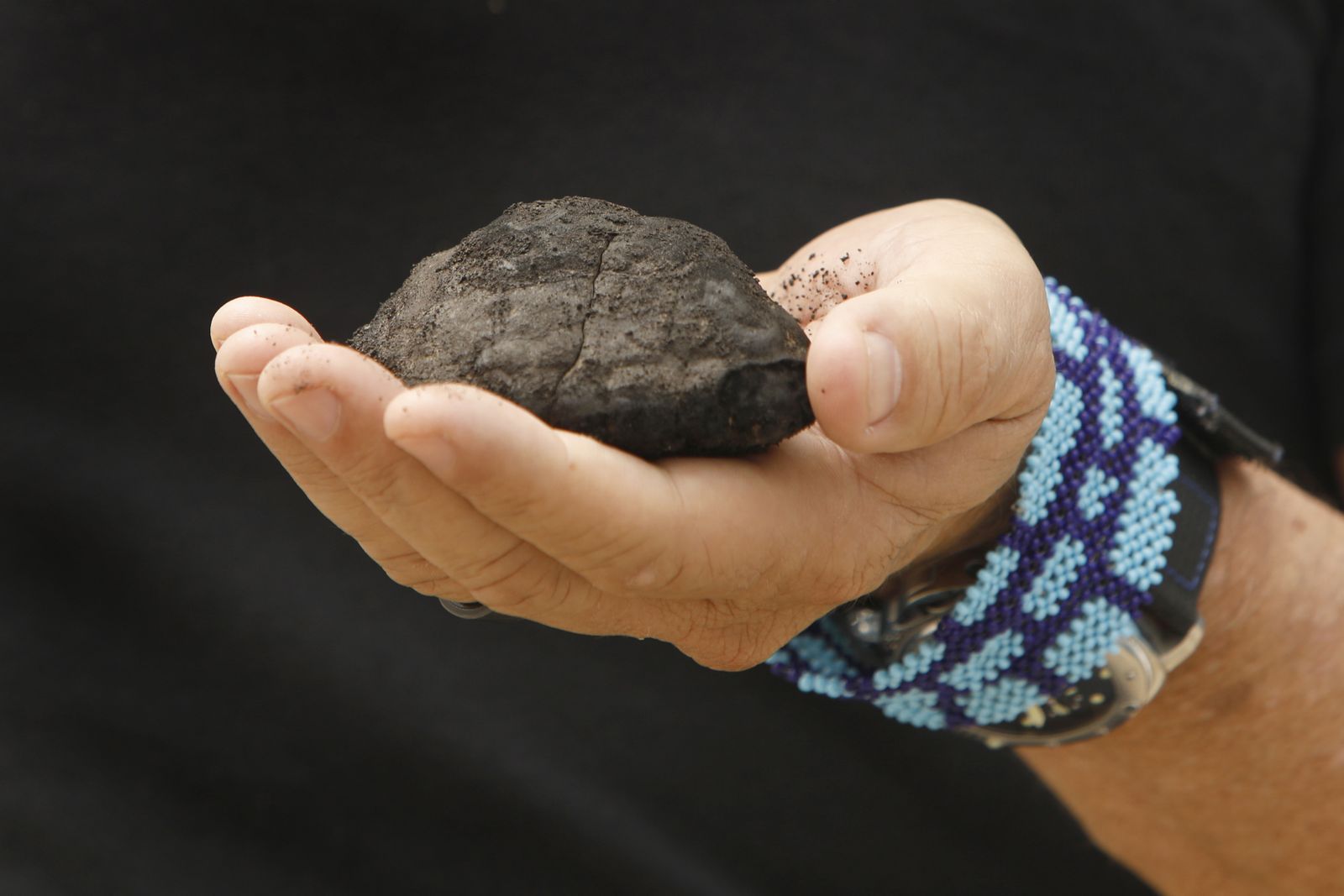- cross-posted to:
- til@lemmy.ca
- cross-posted to:
- til@lemmy.ca
Researchers found that electric currents from polymetallic nodules are behind this alchemy—the same minerals that deep-sea miners are targeting
Previously, scientists had understood oxygen to be the product of life itself, namely created by photosynthesizing autotrophs such as plants and algae. But the new study overturns that simplistic narrative. In fact, the discovery was so astonishing that, when lead author Andrew Sweetman first measured this “dark oxygen” in the Pacific Ocean’s Clarion-Clipperton Zone in 2013, he dismissed it outright.
“I just ignored it, because I’d been taught—you only get oxygen through photosynthesis,” Sweetman, an ecologist with the Scottish Association for Marine Science, tells Victoria Gill of BBC News. “Eventually, I realized that for years I’d been ignoring this potentially huge discovery.”
That region of the CCZ was dotted with rock-like lumps known as polymetallic nodules, which form when metals such as manganese and cobalt precipitate out of the water and coalesce around shell fragments or shark teeth. Scientists zeroed in on these metals as the source of the oxygen, but they still weren’t sure how they created the gas. For instance, the oxygen wasn’t due to radioactive substances in the nodules splitting water molecules or the decomposition of oxygen-containing minerals like manganese oxide.
A breakthrough came when Sweetman was watching a documentary about deep-sea mining in a hotel bar in São Paulo, Brazil. According to CNN, he heard a character calling the nodules “a battery in a rock.” An idea zinged into his brain: Could the oxygen be generated electrochemically?
If you put a standard AA battery into saltwater, you’ll observe bubbles and hear a fizz—that’s the generation of hydrogen and oxygen gases as the electricity splits water molecules, a process known as electrolysis. The researchers suspected the same thing was happening in the deep ocean, thanks to the polymetallic nodules. Indeed, voltage measurements on the nodule surface confirmed the rocks carried as much juice as 0.95 volts. It was a little short of the theoretical requisite of 1.5 volts for seawater electrolysis, but the researchers suspected that the nodules clustering together helped the reaction overcome this hurdle.
Link to main article: https://www.nature.com/articles/s41561-024-01480-8
You missed the most interesting part: Nobody knows where the energy is coming from yet. The fact it stops after being after the surface for a while suggests lifeforms are involved in some way.
Hopefully we find out how much oxygen is generated by this process before deep sea mining is on full swing.
I would be shocked if the broad international community permitted anything before we got to the bottom of this.
Going by their measurements, it’s very significant, at least for the deep sea. Covered sediment reached surface-like levels of oxygenation.
I’m just waiting for they to find that the nodules are formed by some biological process. No, I have no evidence whatsoever, but it would be deliciously ironic.
“Hey guys! We found the reason we have oxygen in the deep sea! Also we’re pretty sure we can sell them for profit so we’ll be removing them as fast as we can”
Says blocked in my country.
package-command install tor rc-manager start tor yt-dlp --proxy socks5://127.0.0.1:9050 https://www.youtube.com/watch?v=whateverspam command until google lets you through



